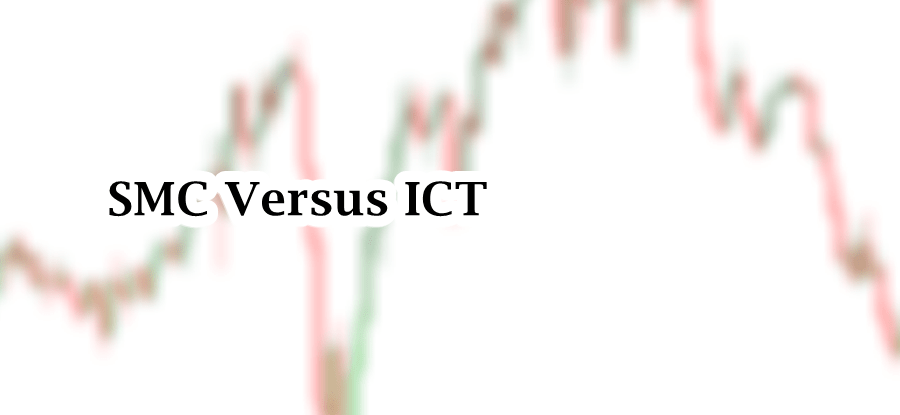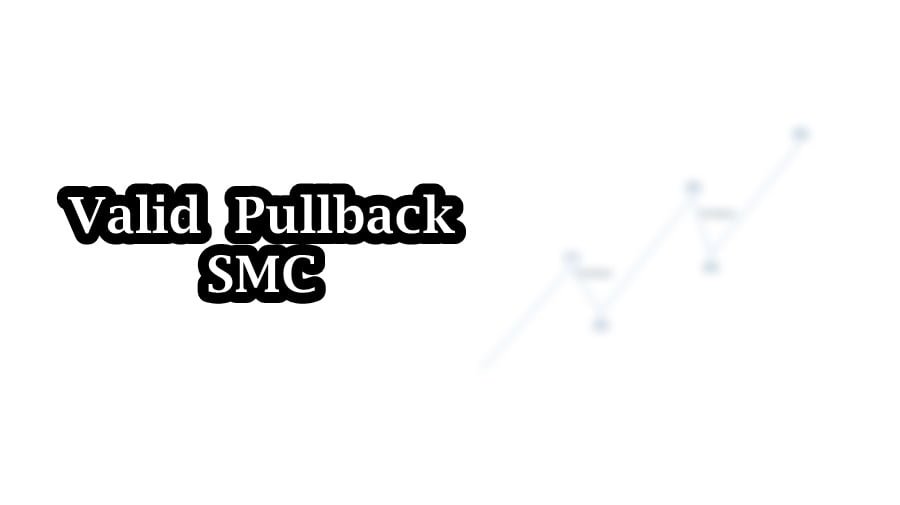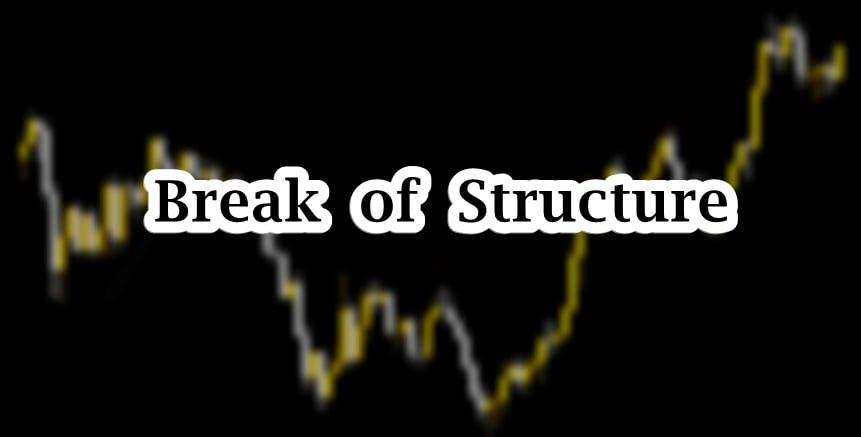
Table of Contents
Smart money traps are common in financial markets. This is because smart money gathers more and more liquidity by presenting false moves in the market. False price action can be identified by different means. One the methods is trading with ICT Judas Swing. ICT judas swing is a strategy through which we try to analyze smart money foot prints in the market. This allows us to mark market protractions.
This concept is derived from ICT teachings. This concept is associated with manipulation strategies in the financial markets. Before analyzing the market, one must have to follow HTF ICT market structure and have a correct daily bias.
This article explores core concept of ICT judas Swing and how to avoid traps along with its usage in bullish and bearish scenarios.
Understanding of ICT Judas Swing
In ICT teachings, Judas Swing is a false price move which is planned by institutions to trap retail traders, and then price continue its original direction. So, the question is why Michael named his concepts in such a way. There is an interesting story behind the word “Judas”. It is derived from a concept of goat slaughtering. In ancient times, butchers had judas goat which would lead all goats to slaughter house. Judas goat returned from slaughter house and the result derived was slaughtering of all goats.
Now if we compare the whole scenario with financial markets, we would say that institutions plan a false move in the market. This false is seen as original direction and retailer thought that market may continue its direction. Retail traders execute trades in that direction resulting in a trap move. Market reverse from there and continue its original direction.
ICT judas swing is commonly spotted in London session. This forms between New York Midnight open and 5:00 AM New York time. London Session opens at 3:00 AM. ICT traders often look for judas swing from opening of London Session to 5:00 AM.
Identification of ICT Judas Swing in Bullish Market
Before analyzing any market protraction move, it is important analyze market structure on higher timeframe. Daily Bias and Market structure should be clear before trading.
In a bullish market, Judas swing is a strategic manipulation move that deceives traders into taking trade against the prevailing trend. These protractionary movements occur during high impact trading sessions: London and New York session. In this movement of the market, price makes a quick and sharp bearish move below the opening price. This movement is an illusion of a potential downtrend.
This is how the Judas swing forms in bullish trend:
- The price drops below the opening level or below the Asian session consolidation. This move triggers the stop losses of retail traders. These traders entered long positions at the opening price. Retail traders enter in the market by taking short position and considered the movement as genuine breakout.
- This movement is a false bearish move and a deliberate action by smart money to manipulate liquidity. Institutions accumulate by forcing the market lower while trapping retail traders in short positions.
- After the liquidity grab, market reverse sharply to the upside and align price action with the overall trend. This reversal catches seller’s stop losses and further fueling the upward momentum.
Retail traders are left in disarray, first losing stop losses on their longs and then on their shorts. This manipulation reinforces the dominance of smart money, which consistently profits from retail traders’ emotional decisions.
Trading With Bullish Judas Swing
In order to trade successfully with ICT judas Swing in a Bullish market, one need to look for key conditions and execute trade based on smart money concepts. As an ICT trader, our goal is to capitalize on the market’s manipulation of liquidity during session transitions.
The followings are the conditions to check while executing trade:
- Mark the price level at the New York opening price. This serves as a critical reference point for identifying liquidity grabs.
- Observe a quick, sharp move below the opening price during the session (typically between 00:00 and 05:00 AM NY time). This bearish move is designed to sweep liquidity by triggering stop losses of early buyer and induce retail traders into short positions.
- After the liquidity grab, look for the Market structure shift. This happens by breaking the recent swing high. It signals that the bullish trend is resuming.
The following things will be done for trade execution:
- After Market Structure Shift, look for a fair value gap or an order block in the ICT dealing range. Wait for the price to retrace into this FVG or Order Block for a high- probability trade.
- Place your Stop loss regularly on your trades. In this case, place your stoploss 10-20 pips below the low of the Judas Swing.
- Don’t confuse for profit target projections. Aim for the previous high as your take-profit level since they serve as the buy-side liquidity zones.
In this way, we combine liquidity concepts and market structure to trade effectively along with prevailing trend. When you align your trading strategies with institutional movements, you can avoid being trapped by false price moves and maximizes your trading edge. Here is the example:

Identification of ICT Judas Swing in Bearish Market
Before analyzing any market protraction move, it is important analyze market structure on higher timeframe. Daily Bias and Market structure should be clear before trading.
In a bearish market, Judas swing is a strategic manipulation move that deceives traders into taking trade against the prevailing trend. These protractionary movements occur during high impact trading sessions: London and New York session. In this movement of the market, price makes a quick and sharp bullish move above the opening price. This movement is an illusion of a potential uptrend.
This is how the Judas swing forms in bearish trend:
- The price rallies above the opening level or above the Asian session consolidation. This move triggers the stop losses of retail traders. These traders entered short positions at the opening price. By looking at the up move, retail traders enter in the market by taking long position and considered the movement as genuine breakout.
- This movement is a false bullish move and a deliberate action by smart money to manipulate liquidity. Institutions accumulate orders by forcing the market higher while trapping retail traders in long positions.
- After the liquidity grab, market reverse sharply to the downside and align price action with the overall trend. This reversal catches buyer’s stop losses and further fueling the downward momentum.
Retail traders are left in disarray, first losing stop losses on their shorts and then on their longs. This manipulation reinforces the dominance of smart money, which consistently profits from retail traders’ emotional decisions.
Trading With Bearish Judas Swing
In order to trade successfully with ICT judas Swing in a bearish market, one need to look for key conditions and execute trade based on smart money concepts. As an ICT trader, our goal is to capitalize on the market’s manipulation of liquidity during session transitions.
The followings are the conditions to check while executing trade:
- Mark the price level at the New York opening price. This serves as a critical reference point for identifying liquidity grabs.
- Observe a quick, sharp move above the opening price during the session (typically between 00:00 and 05:00 AM NY time). This bullish move is designed to sweep liquidity by triggering stop losses of early sellers and induce retail traders into long positions.
- After the liquidity grab, look for the Market structure shift. This happens by breaking the recent swing low. It signals that the bearish trend is resuming.
The following things will be done for trade execution:
- After Market Structure Shift, look for a fair value gap or an order block in the ICT dealing range. Wait for the price to retrace into this FVG or Order Block for a high- probability trade.
- Place your Stop loss regularly on your trades. In this case, place your stoploss 10-20 pips above the high of the Judas Swing.
- Don’t confuse for profit target projections. Aim for the previous low as your take-profit level since they serve as the buy-side liquidity zones.
In this way, we combine liquidity concepts and market structure to trade effectively along with prevailing trend. Here is the example:

Final Note
Trading the ICT Judas Swing requires precision, patience, and an in-depth understanding of market manipulation. Always ensure that your analysis aligns with session timings, liquidity levels, and market structure shifts. Avoid impulsive decisions, and stick to your trading plan with disciplined risk management.
Risk Disclosure: Trading in financial markets involves significant risk, and past performance is not indicative of future results. You can lose more than your initial investment. Ensure you understand the risks and trade only with capital you can afford to lose. Consider seeking advice from a financial professional if you are unsure about trading strategies.
Frequently Asked Questions (FAQs)
What is the ICT Judas Swing?
The ICT Judas Swing is a price manipulation pattern that occurs during session openings. It involves a false move (up or down) designed to trap retail traders by sweeping liquidity and reversing in the true trend direction.
Why does the Judas Swing happen?
This move occurs to gather liquidity. Market makers and institutional traders use it to trigger stop-losses and lure traders into positions against the intended trend, enabling them to accumulate orders at favorable prices.
When is the Judas Swing most likely to occur?
The Judas Swing commonly happens during the London Open (3:00–5:00 AM GMT) or New York Open (00:00–5:00 AM NY time). These sessions experience high volatility and liquidity manipulation.
How can I identify a Judas Swing in a bullish market?
Look for:
The New York opening price.
A false bearish move below the opening price.
A market structure shift to the upside, signaling a reversal.
What tools or concepts complement this strategy?
Using Fair Value Gaps (FVGs), Order Blocks, and understanding liquidity sweeps can significantly enhance your trading precision.
I’m Abdullah Shah, a content writer with three years of experience in crafting engaging and informative content. My background in market analysis complements my work, allowing me to create content that resonates with audiences. I’m also a seasoned practitioner in the forex and crypto markets, with a strong foundation and deep interest in finance. My passion for the financial world drives me to produce content that is both insightful and valuable for those interested in understanding market trends and financial strategies.





